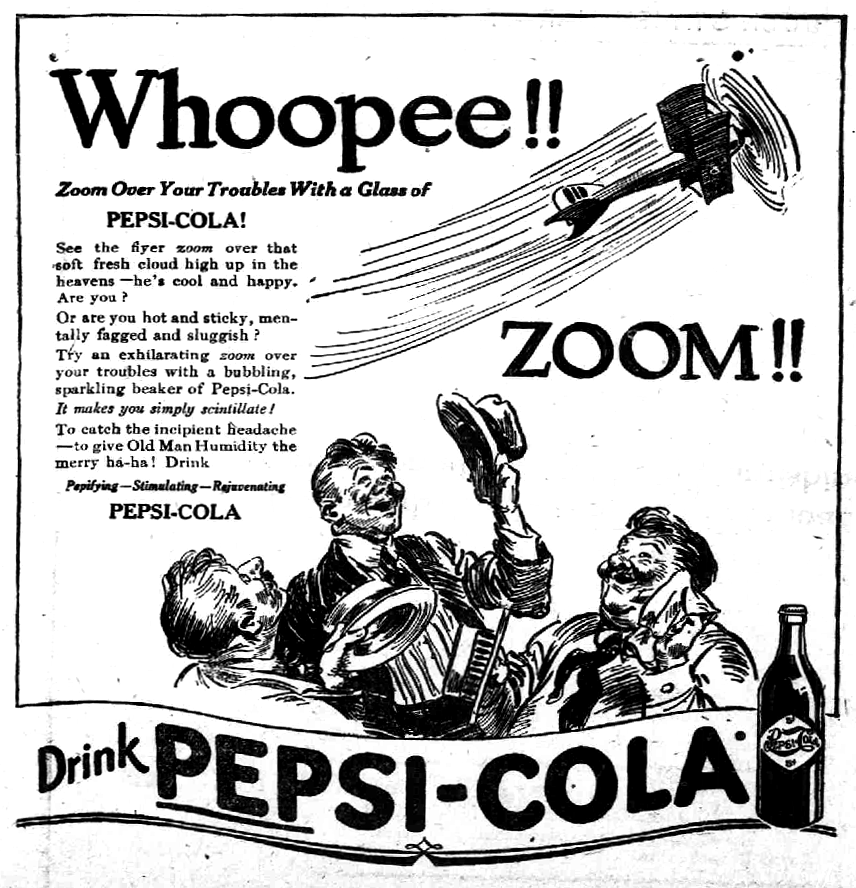U.S. News
7 Classic Snacks Getting a Natural Makeover as Synthetic Dyes Disappear
By Jake Beardslee · October 2, 2025
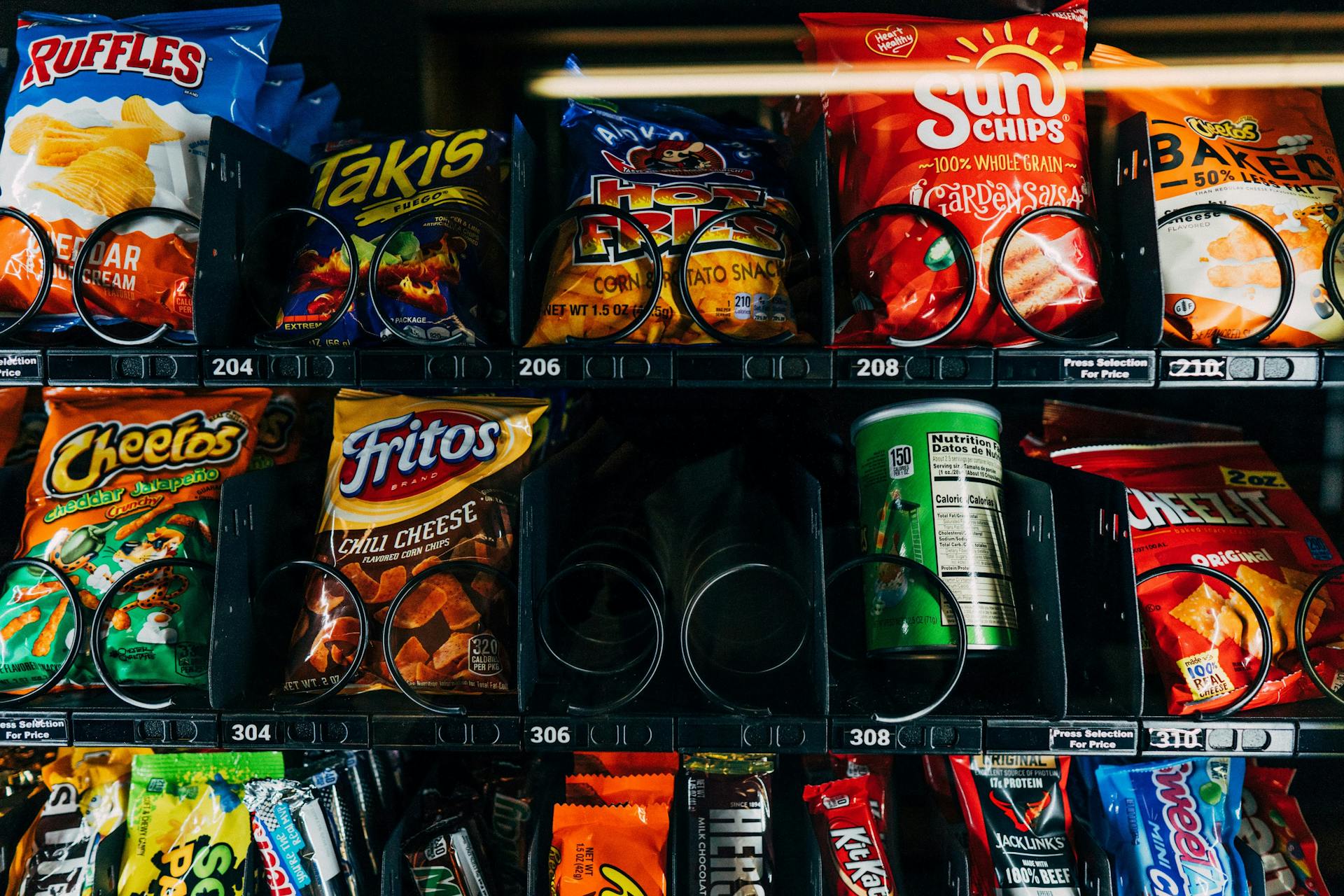
Consumer Pressure Forces Shift
PepsiCo, the maker of Gatorade, Doritos, and Cheetos, is under mounting pressure to replace synthetic dyes in its products with natural alternatives. The company announced in April that it is accelerating efforts to reformulate its U.S. portfolio, though about 40% of its offerings still contain artificial colors.Despite regulatory pushes, PepsiCo has not committed to meeting the Trump administration’s 2026 deadline to phase out petroleum-based dyes. “We’re not going to launch a product that the consumer’s not going to enjoy,” said Chris Coleman, senior director for food research and development in North America.
Coleman explained that the transition is complex and lengthy, requiring years of testing to ensure natural colors do not affect flavor, shelf life, or manufacturing processes. Each reformulation involves sourcing ingredients, conducting trials with experts and consumers, and even redesigning packaging. Veronica / Pexels
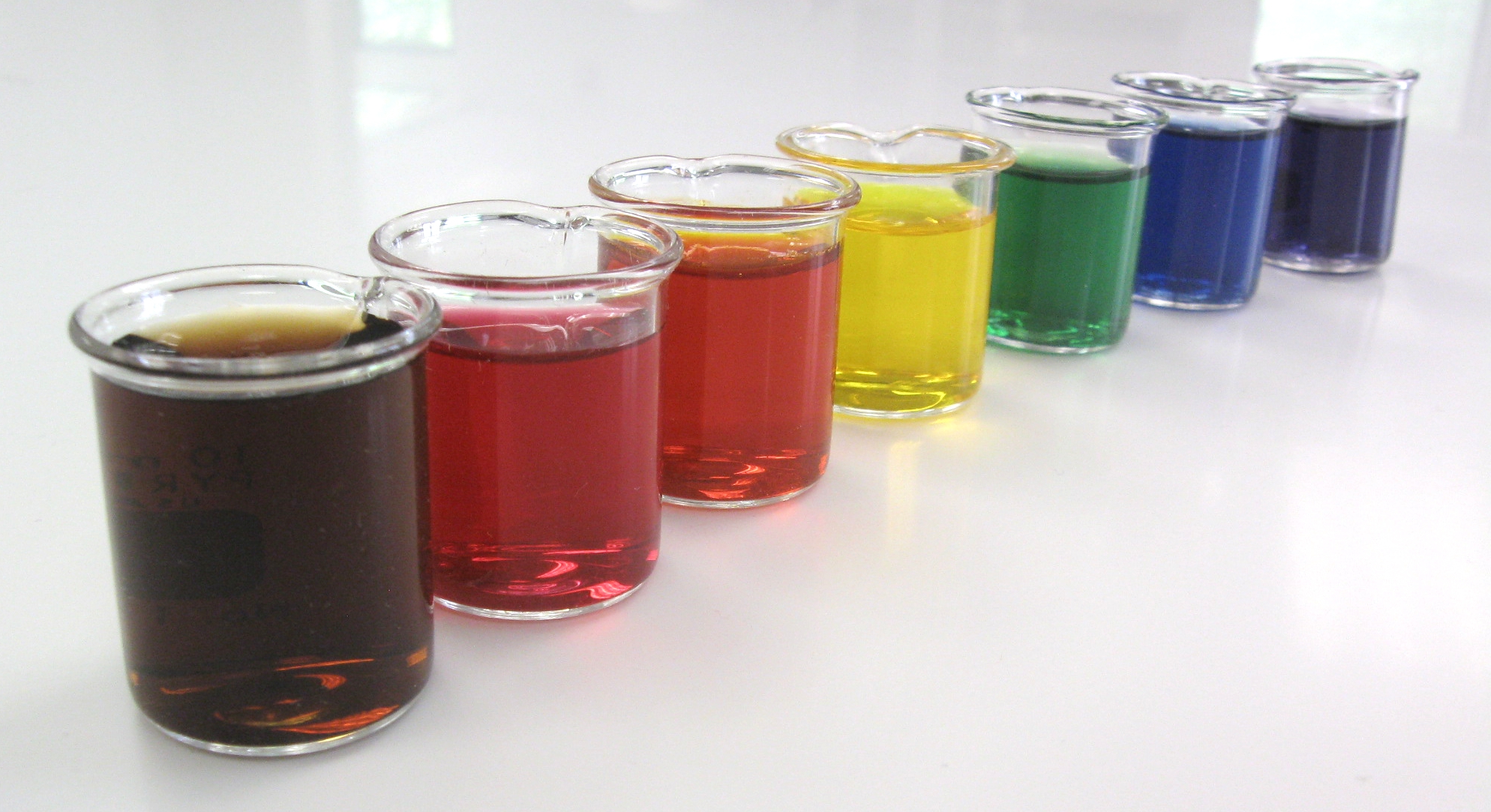
Regulatory Landscape
The FDA has begun approving more natural additives, including algae-derived blue and gardenia blue. Earlier this year, the agency banned Red 3, a dye linked to cancer in lab rats, and proposed eliminating Orange B. Still, six synthetic dyes remain widely used, including Red 40, found in nearly 26,000 U.S. products. Skoot13, CC BY-SA 3.0 https://creativecommons.org/licenses/by-sa/3.0, via Wikimedia Commons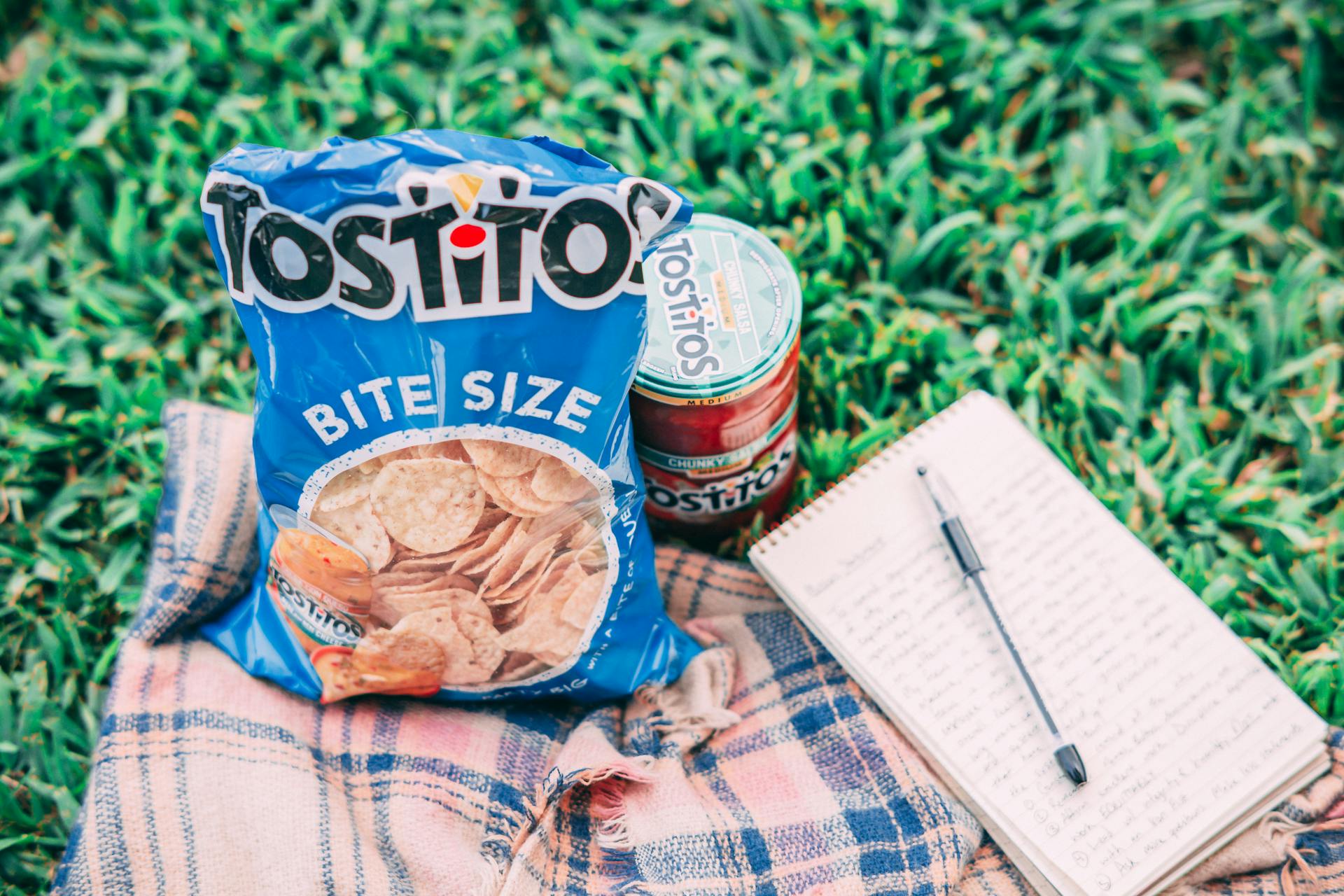
1. Tostitos Chips
PepsiCo is starting with Tostitos, one of its most popular snack brands. By the end of this year, tortilla chips will feature natural coloring alternatives instead of petroleum-based dyes. The change is subtle, since most varieties were already naturally colored, but flavors like Salsa Verde required reformulation. Instead of Yellow 5, Yellow 6, Red 40, and Blue 1, the new version uses carob powder to match the same hue without altering taste. Craig Adderley / Pexels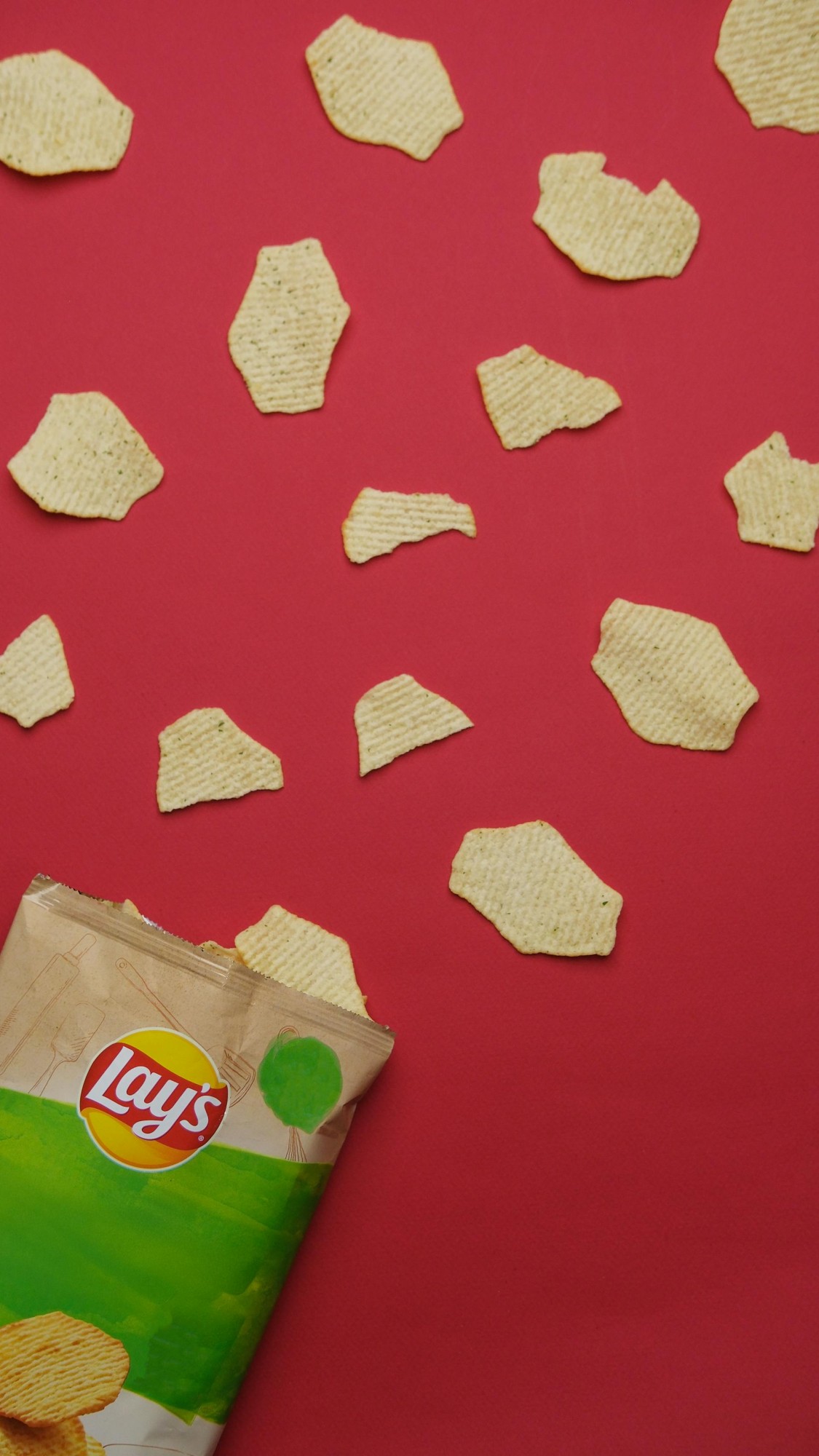
2. Lay’s Potato Chips
Lay’s is also among the first PepsiCo products to make the switch. New batches will hit shelves later this year with natural ingredients standing in for artificial colors. The company is tweaking recipes to preserve familiar flavor and crunch while removing petroleum-based dyes. Consumers should expect nearly identical chips, with slight differences in tint depending on the natural source used. Cemrecan Yurtman / Pexels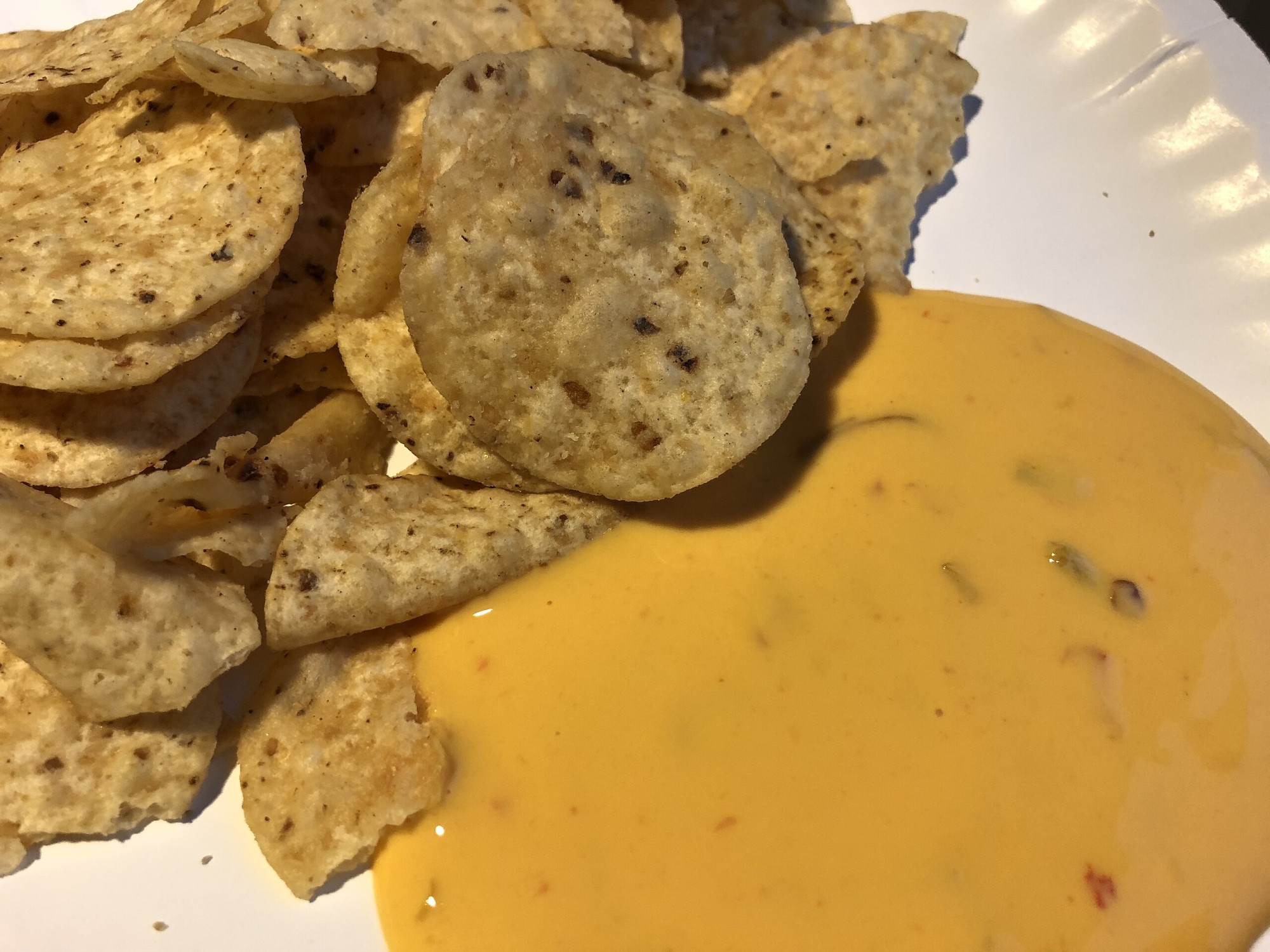
3. Tostitos Dips and Salsas
By early next year, PepsiCo will roll out naturally dyed dips and salsas. Previously, products like Tostitos Salsa Verde leaned heavily on artificial coloring to achieve their vibrant reddish-brown hue. Now, plant-based alternatives such as carob and cocoa powders are being incorporated. The goal is to keep the look consistent while ensuring taste remains familiar. Famartin, CC BY-SA 4.0 https://creativecommons.org/licenses/by-sa/4.0, via Wikimedia Commons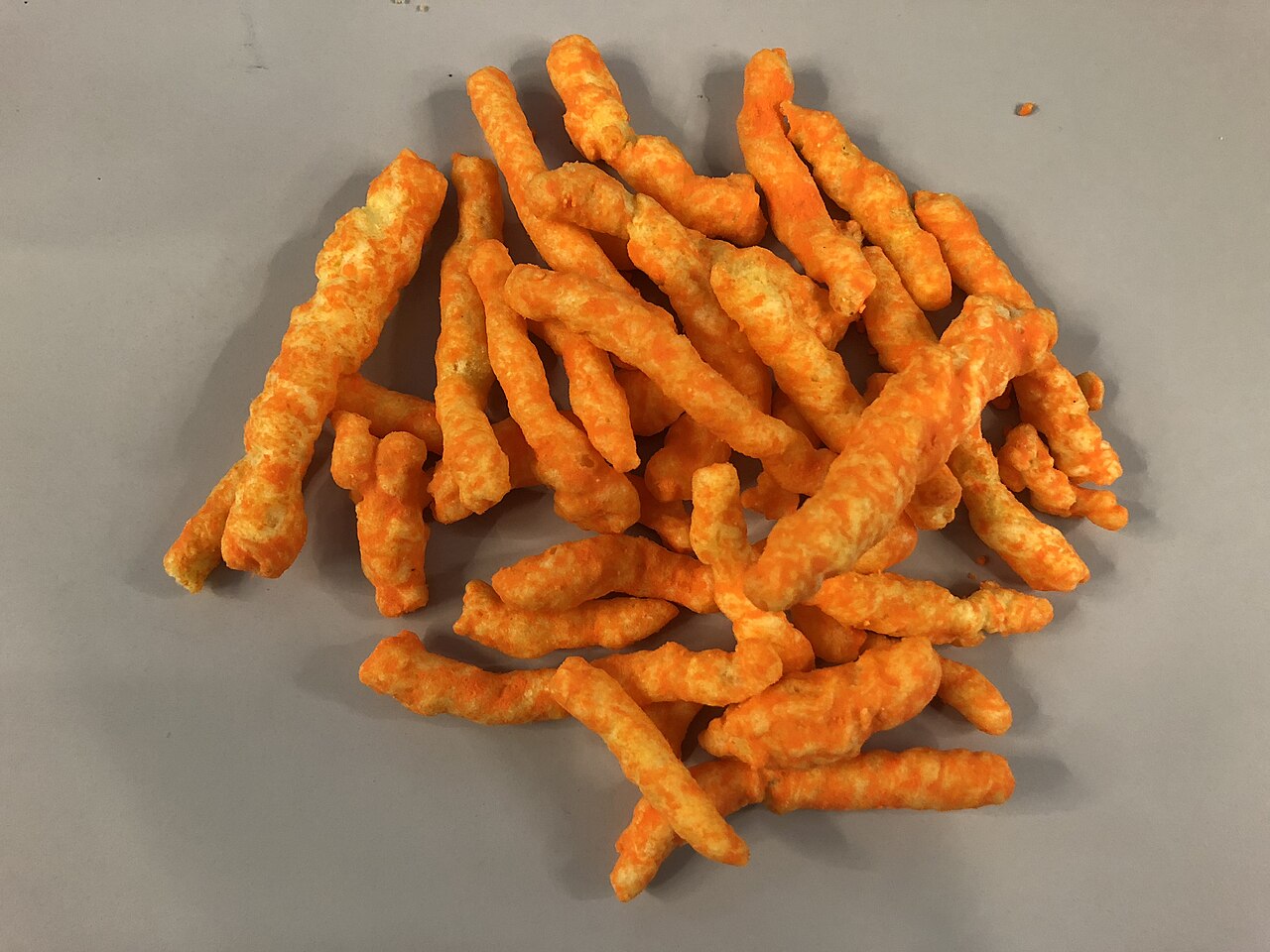
4. Flamin’ Hot Cheetos
One of the trickiest products to reformulate, Flamin’ Hot Cheetos owes much of its appeal to its neon-red glow. PepsiCo’s food labs in Texas are experimenting with paprika and turmeric to recreate the fiery shade without synthetic dyes. The challenge lies in balancing spice, stability, and visual punch. Fans may notice a slightly different look, but the heat is here to stay. Famartin, CC BY-SA 4.0 https://creativecommons.org/licenses/by-sa/4.0, via Wikimedia Commons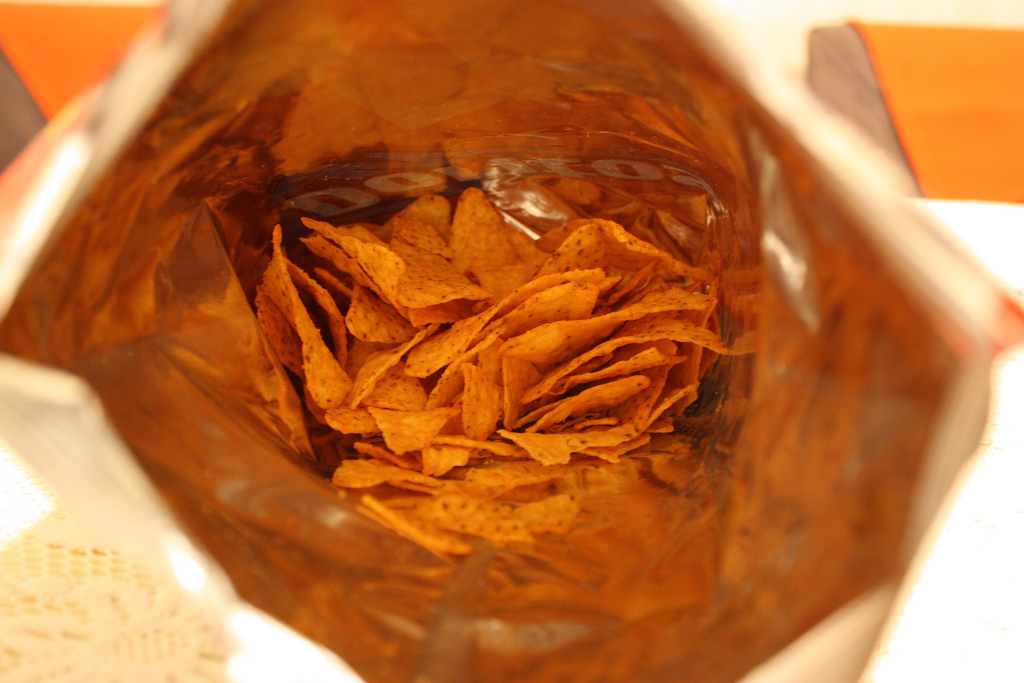
5. Doritos
Doritos, long known for their bright orange and red dustings, are also on PepsiCo’s radar. The company is testing natural colorants like paprika to mimic the signature bold tones. While the flavors will remain the same, the chips may take on a slightly less uniform shade. The company says consumer acceptance will depend on taste — not just color. kundl, CC BY 2.0 https://creativecommons.org/licenses/by/2.0, via Wikimedia Commons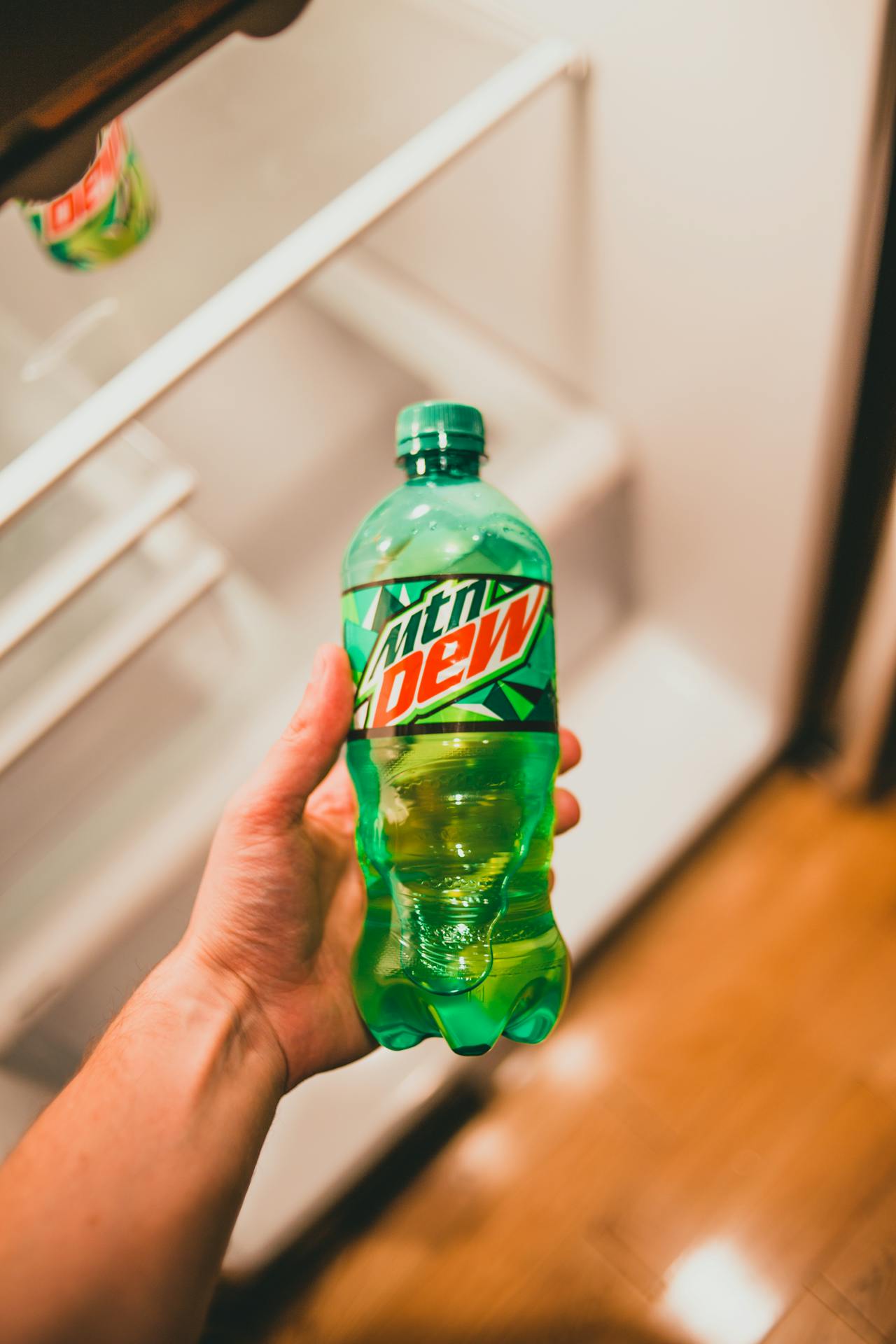
6. Mountain Dew and Cherry 7Up
In beverages, PepsiCo is looking to purple sweet potatoes and colorful carrots to replace synthetic dyes in sodas like Mountain Dew and Cherry 7Up. According to PepsiCo R&D chief Damien Browne, color is critical for these drinks. “We eat with our eyes,” Browne explained, according to NBC News. Maintaining that electric look without petroleum-based dyes is proving one of the toughest challenges. Erik Mclean / Pexels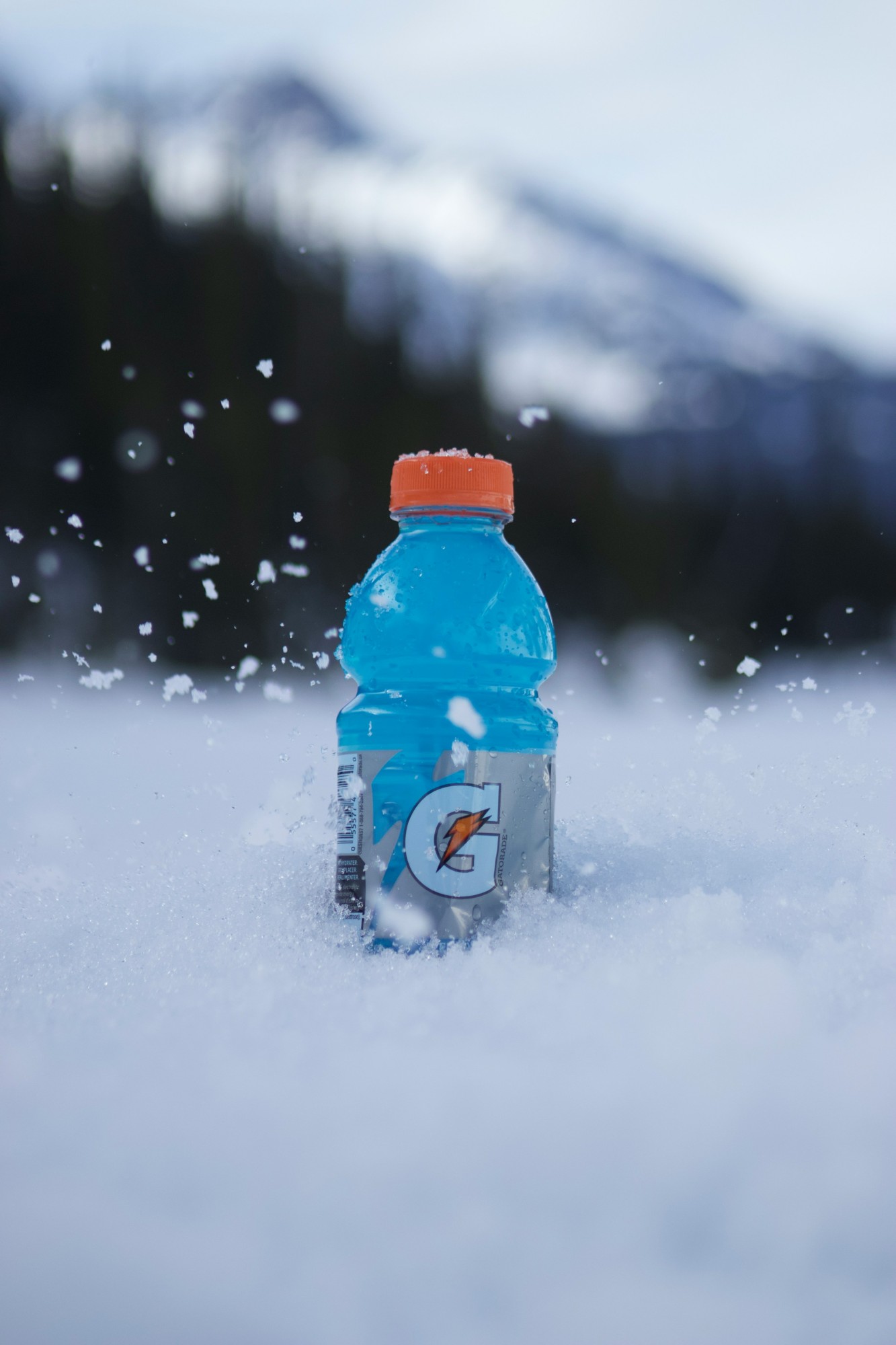
7. Gatorade
Gatorade may be PepsiCo’s most color-dependent product, as its shades are synonymous with flavor — “the blue one,” “the red one.” A natural version has existed since 2016, but the company is now working on a broader rollout. Ingredients like algae-derived blues are being tested for mass production. Canyon Swartz